 Blue Mars is a virtual world that continues to evolve, somewhat under the radar for a lot of people. Over the past week it has announced pricing changes that reflect a change in approach from one of establishment to one of consolidation.
Blue Mars is a virtual world that continues to evolve, somewhat under the radar for a lot of people. Over the past week it has announced pricing changes that reflect a change in approach from one of establishment to one of consolidation.
Australian designer Estelle Parnall is based in northern Victoria and she obviously sees some opportunities in Blue Mars, shifting most of her focus from Second Life to there in recent months. I used that as an excuse to delve into Blue Mars a little more whilst profiling an interesting Australian who creates some notable content.
Interview
The interview below was done over a month ago, so Estelle has now successfully opened her full presence in Blue Mars, in addition to an art gallery (pictured left).
Lowell: What made you decide to leave SL?
Estelle: I havent actually left SL, I still have my shops on half a sim and a small number of satellites, but I suppose I have halted development since about October last year. In the months previous to this I think the market fell considerably (if my sales were anything to go by, but I am sure I wasnt alone). The clothing market in SL is saturated and the freebie culture certainly wasnt assisting the market to be viable.
Lowell: What attracted you to Blue Mars?
Estelle: I was attracted to the superior graphics, and the concept of quality control. The idea of getting in as an early adopter also appealed to me. Since being there a while I can say as a clothing designer that the clothes I can make in Blue Mars are far superior to that I could make in Second Life. No horrible templates or prim skirts, or ill-fitting sculpts……you have greater freedom with your virtual pallette.
Lowell: How has your experience been in Blue Mars so far?
Estelle: On the whole I can say I have really enjoyed it. Learning new 3D skills has been challenging but enjoyable.
Lowell: What limitations have you run into that you’d like to see resolved, and on the other side of the coin, what’s working better for you?
Estelle: There are a number of bugs that need resolution,, and of course the ones that rate most highly for me concern the fit of clothes. But I feel confident that Avatar Reality is working with us to resolve these issues.
Lowell: What are your plans for the coming 6-12 months?
Estelle: I am developing my own city which I hope to release in the next week or so which will showcase my designs and will include an Art Gallery. After that I hope to just improve my skills, create more content and become a major merchant.
From email discussions I’ve had with Estelle over the past month, it’s obvious Blue Mars are very focused on maintaining a happy foundation community. There’s certainly momentum there as well, no doubt helped by both the real and perceived challenges Second Life has at present. In Estelle’s case, her work in Blue Mars has delivered a content creation role for the Martian Boneyards project by TERC, a scientific collaboration game funded by the National Science Project (US). It’s these sort of projects that provide the real indications that the diversification of education in virtual worlds is on the increase. OpenSim growth is a key part of the equation, but environments like Blue Mars are gaining a footing too.
Now if only some real interoperability standards were on the near horizon…
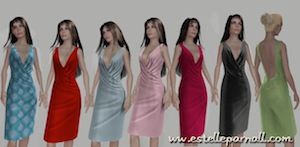

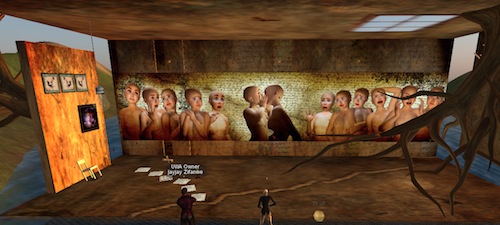
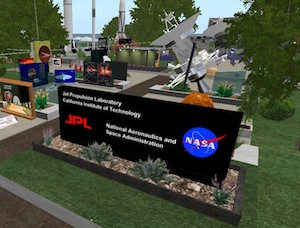

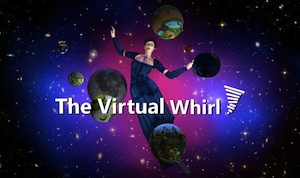

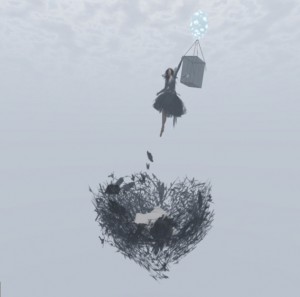
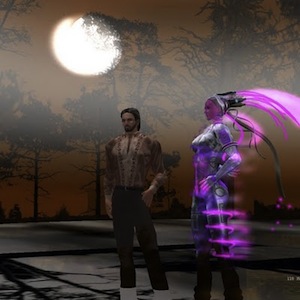

Recent Comments